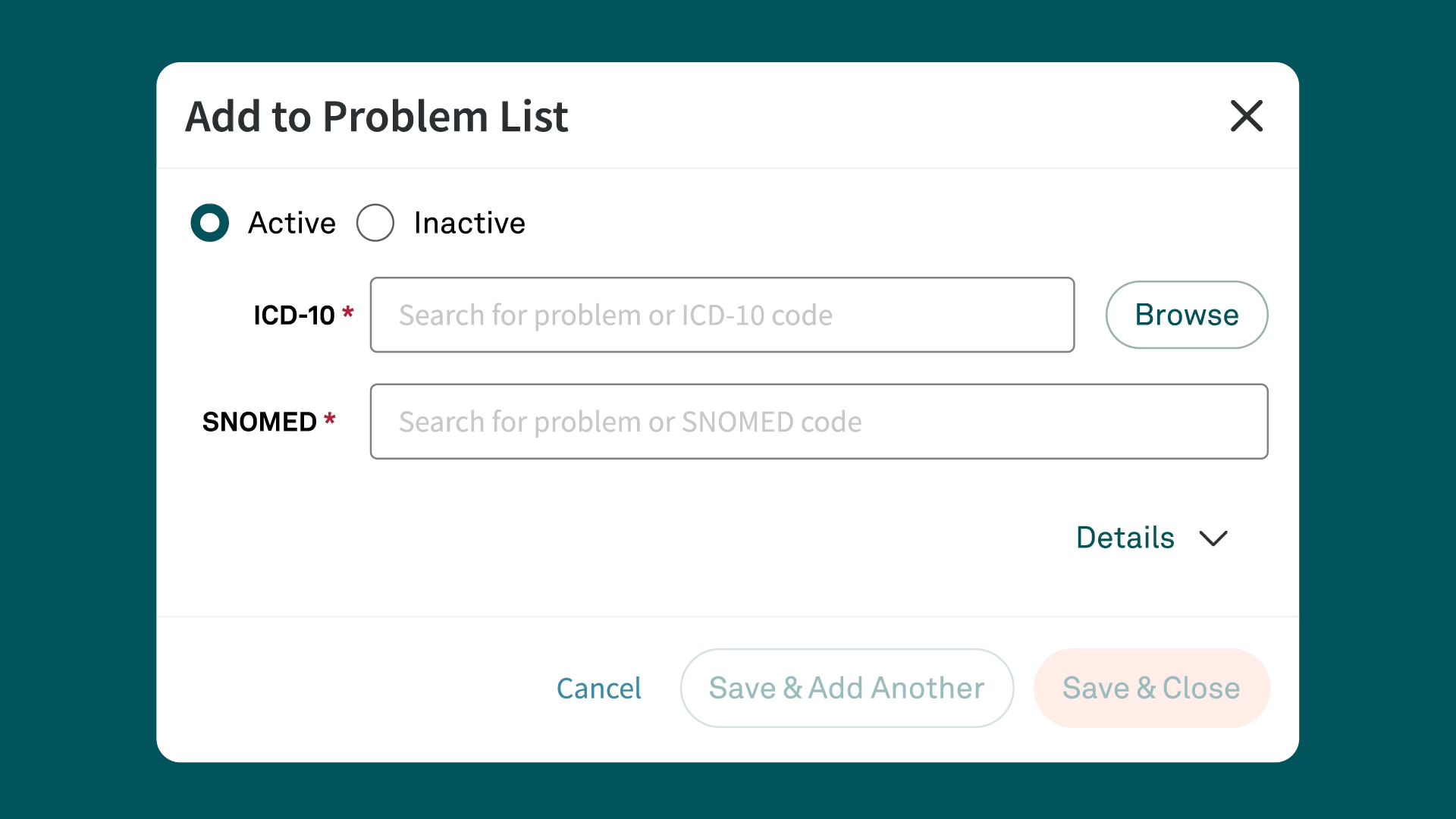ICD-10 Code G47.33
Obstructive sleep apnea (adult) (pediatric)
What is the code G47.33?
G47.33 is an ICD-10-CM code used to specify a diagnosis of obstructive sleep apnea (adult) (pediatric). This code is part of the ICD-10-CM (International Classification of Diseases, 10th Revision, Clinical Modification) system, which healthcare providers use to code and classify diagnoses, symptoms, and procedures.
Detailed description of G47.33
Obstructive sleep apnea (OSA) is a disorder characterized by repetitive episodes of complete or partial obstructions of the upper airway during sleep, leading to breathing pauses and reduced oxygen levels in the blood. These episodes can cause disrupted sleep and lead to various health issues, including cardiovascular problems, daytime fatigue, and cognitive impairments. G47.33 is specifically used for coding obstructive sleep apnea in both adults and pediatric patients (excluding newborns).
Symptoms commonly associated with G47.33
Symptoms commonly associated with OSA include:
- Loud snoring
- Episodes of breathing cessation during sleep, often witnessed by another person
- Abrupt awakenings accompanied by gasping or choking
- Morning headache
- Excessive daytime sleepiness (hypersomnia)
- Difficulty concentrating and memory problems
- Irritability and mood changes
- Dry mouth or sore throat upon awakening
Related and similar ICD-10 codes
- G47.30: Sleep apnea, unspecified
- G47.31: Primary central sleep apnea
- G47.32: High altitude periodic breathing
- G47.34: Idiopathic sleep related nonobstructive alveolar hypoventilation
- G47.36: Sleep related hypoventilation in conditions classified elsewhere
- G47.39: Other sleep apnea
Appropriate usage of G47.33 for billing
When billing for obstructive sleep apnea using code G47.33, it is important to ensure that the diagnosis is well-documented in the patient's medical record. This includes a comprehensive history and physical examination, as well as any relevant diagnostic tests such as polysomnography (sleep study). The code should be used accurately to reflect the patient's clinical condition and to support the medical necessity of any treatments or interventions provided.
Instructional guidelines for coding G47.33
- Verify that the diagnosis of obstructive sleep apnea is confirmed through appropriate diagnostic criteria and testing.
- Document all relevant clinical findings and symptoms in the patient's medical record.
- Use G47.33 specifically for OSA and not for other types of sleep apnea.
- Ensure that the coding is consistent with the latest ICD-10-CM guidelines and updates.
Coders should follow the ICD-10-CM guidelines for coding and reporting, including any specific instructions related to sleep disorders and obstructive sleep apnea. It is also important to stay updated with any changes or revisions to the coding guidelines.
An excludes 1 note is located at code G47.33 for obstructive sleep apnea of newborn (P28.3–).
This note instructs that when obstructive sleep apnea is diagnosed in a newborn, the correct code to assign is P28.3– and G47.33 should not be used.
There is an excludes 1 note found at subcategory G47.3, sleep apnea that is applicable to code G47.33 for Pickwickian syndrome (E66.2). This note instructs that when obstructive sleep apnea is diagnosed with Pickwickian syndrome, the correct code to assign is E66.2 and G47.33 should not be used.
There is an instructional note found at subcategory G47.3, sleep apnea that is applicable to code G47.33 directing the coder to “code also any associated underlying condition.” This instructional note indicates that additional codes for associated conditions should be coded to fully describe the patient’s condition. The sequencing depends on the circumstances of the encounter.
Common pitfalls in coding with G47.33
- Failing to differentiate between obstructive sleep apnea and other forms of sleep apnea leads to incorrect coding.
- Inadequate documentation of the diagnosis makes it difficult to justify the use of G47.33 for billing purposes.
- Overlooking the need for supporting diagnostic tests, such as polysomnography, to confirm the diagnosis of obstructive sleep apnea.
Key resources for G47.33 coding
- CMS ICD-10 Homepage: Provides official resources and guidelines on ICD-10-CM coding.
- WHO ICD-10 Online Browser: Useful for verifying the definitions and relationships between different ICD-10-CM codes.
- American Academy of Sleep Medicine (AASM) guidelines
- Professional coding organizations such as the American Health Information Management Association (AHIMA) and the American Academy of Professional Coders (AAPC)
Conclusion
G47.33 is the ICD-10-CM code used for diagnosing and billing obstructive sleep apnea in both adults and pediatric patients (excluding newborns). Proper usage of this code requires thorough documentation, accurate diagnosis, and adherence to coding guidelines and best practices. By understanding the symptoms, related codes, and appropriate usage, healthcare providers can ensure accurate and effective coding for obstructive sleep apnea.
Simplify ICD-10 code documentation with Tebra
Tebra’s EHR+ gives you quick searches and Systematized Nomenclature of Medicine (SNOMED) field names for efficient code documentation. Plus, Tebra automatically saves ICD-10 to SNOMED mapping for future searches, streamlining your workflow.

Discover how Tebra helps providers effortlessly document health-related issues and conditions in this detailed post.
Download your free resource now
Access it instantly — just complete the form

Similar Codes
Stay Ahead with Expert Healthcare & Billing Insights
Get the latest industry updates, financial tips, and expert strategies — delivered straight to your inbox.


